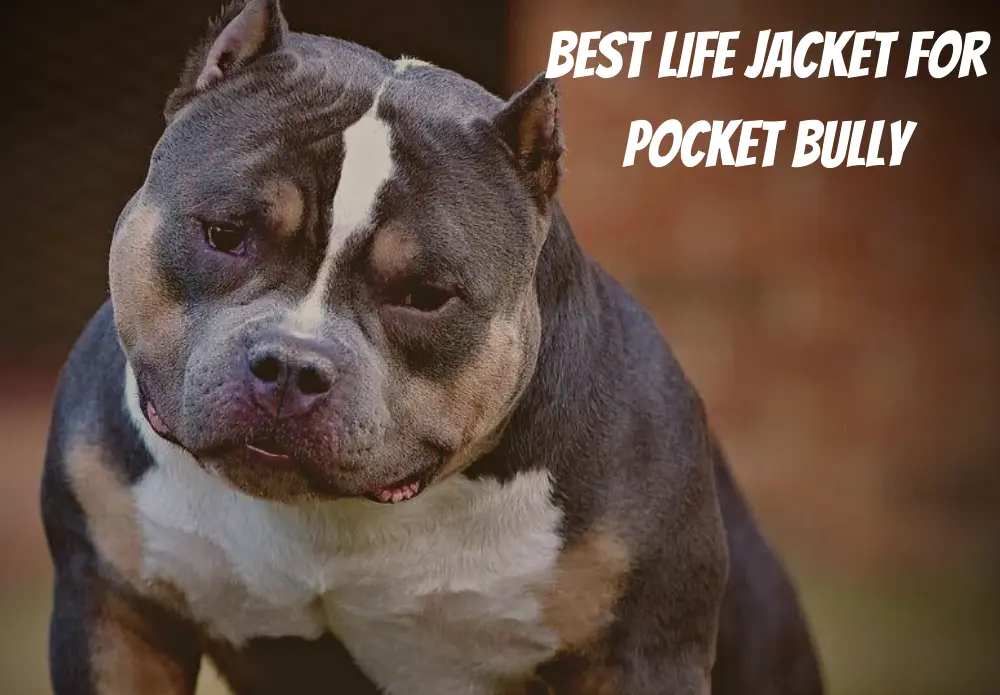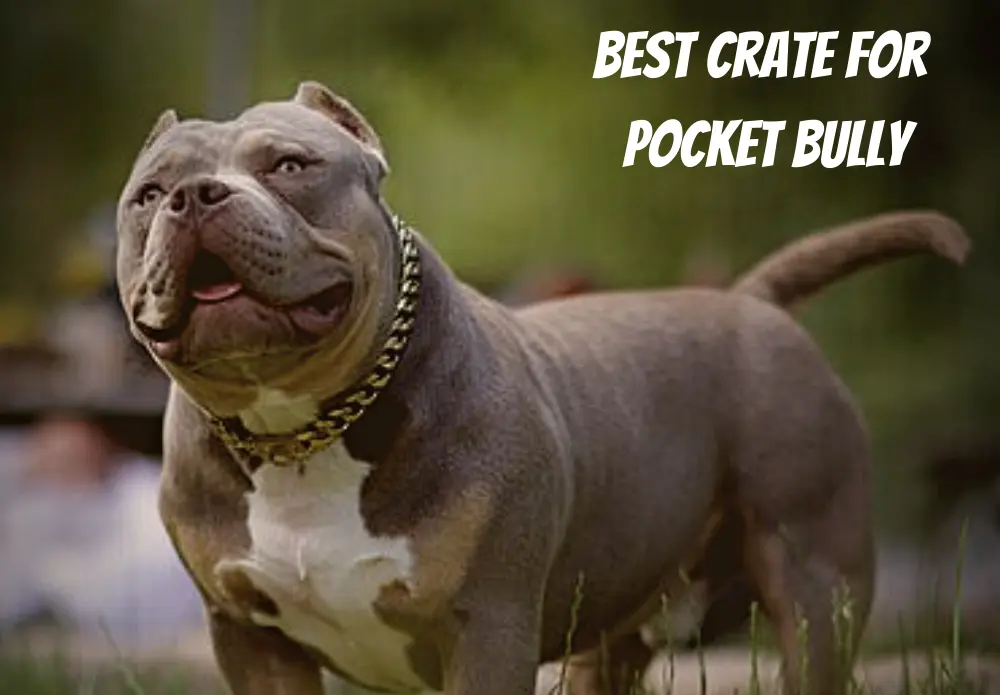Exotic Bullies look cute with their short yet soft coat that seems like it rarely sheds. Their coats do not shed much like other dogs, but they still shed to some extent.
The low-shedding coat makes them the perfect family pets for those who are allergic. Today we shall learn about the shedding of Exotic Bullies and tips on managing them.
Understanding Shedding in Dogs
Before discussing shedding Exotic Bullies, you must understand how shedding works in dogs and why they shed. The simple answer is that dogs shed hair to release the dead fur from their body.
While dogs like Labradors and Pekingese or other dogs with long hair coats tend to shed a lot, others such as Dachshunds, Poodles, and American Bullies seem almost shed-free.
Most of these Shed-free dogs do shed, but only seasonally. Seasonal shedders get rid of their old coats and get a new one to accommodate for the coming season. Dogs such as Poodles and American Bullies, including Exotic Bullies, are seasonal shedders that shed during spring and fall.
Other than seasonal shedding, a dog could be shedding because of health issues. A dog may have coated a skin disease or pests in its coat that could irritate it.
Skins conditions include:
- Eczema
- Environmental Allergies
- Contact Allergies
- Bacterial Infections
- Fungal Infections
- Parasite Allergies
- Manage
But let’s talk about the star of the show: The Exotic Bully.
Do Exotic Bullies Shed?
Yes, Exotic Bullies do shed but not excessively. Unlike frequent shedders such as Labradors and Huskies, the short coat of Exotic Bullies only shed twice a year in fall and spring.
Even during shedding season, you will hardly find any hair lying around because their hair is so short you will barely notice them. Although a low-shedding coat may sound like a good deal to you, it cannot be good for the dog.
Exotic Bullies’ short coat does not insulate heat on their body makes them vulnerable to cold weather. Exotic Bullies cannot stand temperatures below 45℉ for long periods.
The same goes for hot weather; despite being a short-coat breed, Exotic Bullies cannot stand in hot weather either because they get overheated quickly.
Also, you must brush and maintain them regularly to avoid skin problems that could cause your dog pain and other issues. Although Exotic Bullies do not shed too much, they can shed overly if infected with some skin condition.
The most common Exotic Bully skin problems are:
1. Canine Atopic Dermatitis (Allergies)
Canine Atopic Dermatitis (CAD), in simple words, is an allergic reaction. It is one of Exotic Bullies’ most common skin problems, as they often have allergies inherited from generations.
CAD usually reveals itself when a Bully is six months to three years old, although it can occur later in a dog’s life due to overexposure. The symptoms of CAD include itchy skin, scaly skin, and hair loss. Bullies with CAD will most likely pass down these allergies.
The most common allergens to trigger CAD are:
- Fleas
- Pollen
- Grass
- Mold and mildew
- Certain foods, including yeast
- Bacteria that naturally colonize a dog’s skin
2. Ichthyosis
Ichthyosis comes from a Greek word meaning “fish” since this disorder causes dry, flaky skin patches that look like fish scales. It is a hereditary condition, and its incurable.
Most Exotic Bullies show signs of ichthyosis when they are young puppies.
3. Pyoderma and Intertrigo (Skin Fold Dermatitis)
Intertrigo is a type of pyoderma that depicts severe skin itch between a dog’s skin folds from scratching, excessive moisture and heat, and bacterial infections that root in warm, humid areas.
Intertrigo is a less severe form of skin fold pyoderma in medical classification. Both are called pyoderma, so if your veterinarian diagnoses your Bully’s skin condition as either, the treatment will be the same.
4. Yeast Infections
Yeast prefers to live in warm, dark, wet conditions, making your Bully’s skin folds prime real estate for these microscopic organisms.
The most common infection that Exotic bullies suffer from is a Yeast infection.
5. Fungal Infections
Skin-growing fungi are like yeast infection; add water, and you have a perfect recipe for fungal infection. Fungal infections usually look identical to bacterial infections and pyoderma, and these conditions are normally present in a Bully’s skin folds, joints, paws, and ears.
Nonetheless, there are a few ways to distinguish both infections. So, let’s look at the signs of fungal infections:
- An acidic, yeasty smell
- Red tone on ears and skin folds
- Waxy, dark discharge surrounding the affected area
- Continuous itching, chewing, or rubbing
- Probable hair loss or skin flaking
6. Skin Mites
Demodicosis mites, or red mange mites, are generally found on dogs with many skin folds. These mites often live on dogs without any issues, but if they begin to reproduce and spread quickly, they could induce some discomfort to your Exotic Bully.
Mites are more common in young Bullies and puppies since they have not yet developed a robust immune system. However, they can plague adult Bullies, too. Demodicosis mites are microscopic, which makes them extremely difficult to specify.
7. Eczema
Eczema is a skin issue that is very common in dogs. However, this skin problem is not a disease. Rather, it is a sign of a more important problem, and most of the leading causes of eczema are very common in Exotic bullies.
Eczema can be onset by other diseases such as CAD, pyoderma, infections, and mites. These other problems can irritate the skin so much that it forms painful, itchy spots where the skin either oozes or dries out to fight another infection, eliminate an allergen, or eradicate pests.
Still, other factors may cause eczema, such as a lack of fundamental vitamins, contact with toxic plants or chemicals, or extremely hot or dry weather.
Tips for Managing Shedding in Exotic Bullies
If you are worried that your Bully may get infected or has started shedding too much, you can still manage it with the following tips:
1. Regular Brushing Routine
Since Exotic Bullies have short coats, it’s easier to detect loose hairs and uneven patches when you pet them. If you don’t brush them regularly, you will find loose hairs on clothes, furniture, food, and anything your Bully touches.
Thus, a regular brushing routine is crucial as it minimizes shedding and improves skin. You should brush your Exotic Bully at least once a week. Doing so will reduce dirt, debris (pollen, food, etc.), dander, and lice buildup/growth.
Regular brushing will help your dog secrete natural protective oils to minimize itching and scratching.
2. Proper Diet and Water
Proper nourishment is the key to preserving the good health of your Bully, not just its coat and skin. Therefore, you must ensure it gets the right macros, especially high-quality proteins.
You should ask your vet to suggest the best dog food products regarding nutrients, vitamins, and meal types.
Secondly, you must ensure your Exotic Bully is hydrated, as dehydration usually leads to dry and flaky skin, which leads to disturbance and skin problems. So, ensure it has clean water in its living area.
3. Temperature Management
Like many dogs, Exotic Bullies usually shed more frequently during the summer. Therefore, one smart way to decrease shedding is by keeping them cool. Of course, this requires keeping them indoors in a controlled environment for long periods, which could limit their playtime and exercises.
However, you can compensate for this lost time by taking them outdoors during the colder hours, such as early mornings or after sunset.
4. Regular Vet Consultations
As said above, Exotic Bullies are highly liable to developing skin issues caused by food or allergies. As a result, Exotic Bullies undergo hair loss and more shedding than average.
Therefore, you should proactively consult your vet to determine your Bully’s allergy’s source trigger. This way, you can choose which animal proteins or carbs to avoid. For example, you can opt for chicken if your Bully is allergic to beef.
Moreover, you can proactively store your medicine cabinet with your Bully’s allergy and skin medication for self-administration/application.
5. Avoid Stress and Anxiety
If you don’t know, Bullies are prone to excessive shedding when stressed or anxious. The most common catalysts include boredom, fear, and distress. For instance, they could start excessively shedding if you shift into a new house or adopt another dog.
Switching their daily routine by restricting their playtime or activity due to school or work schedules could make them more anxious.
6. Proper Bathing
Exotic Bullies don’t need to bathe as often as long-haired breeds. Too much bathing could reverse affect their skin and coat health by removing the natural moisturizing oils from their skin, encouraging dryness, dandruff, and itching.
Therefore, you should only bathe Bullies once a month during summer and 2-3 months during the winter. Secondly, inappropriate shampoo can also lead to shedding and skin issues.
Many Bullies have sensitive skin and allergies. Therefore, they need hypoallergenic shampoos. So, communicate with your vet to find the best-suited shampoo for your dog.
Conclusion
Ultimately, you can protect your Exotic Bully from shedding excessively if you take proper care of it. You will hardly have any problem with your Bully because they are always eager to please you.






